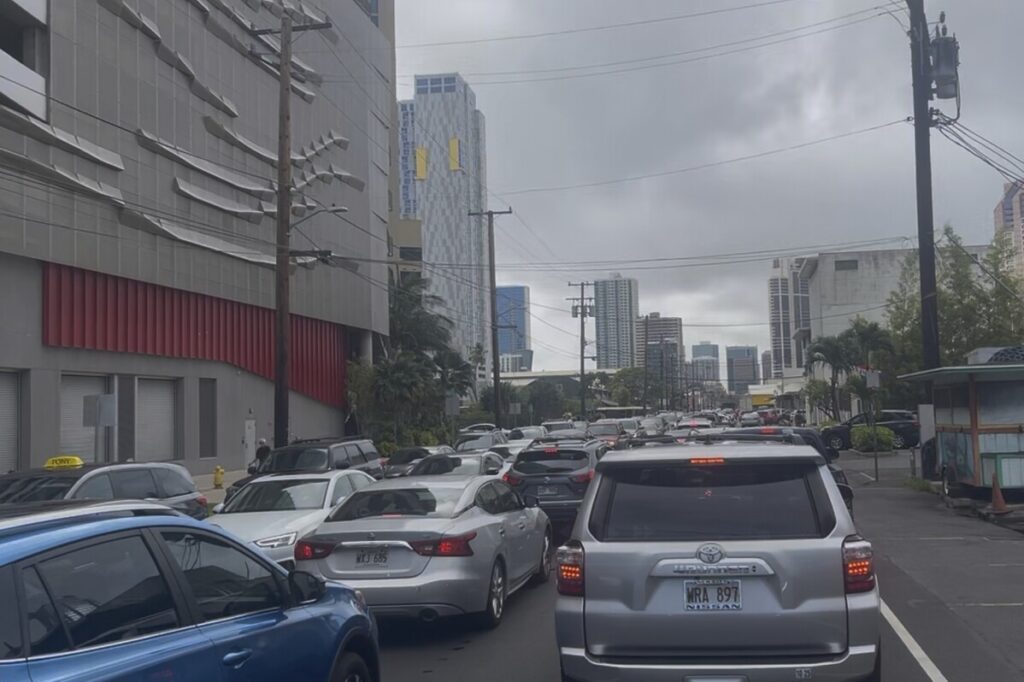The Unseen Threat: How Major Earthquakes Expose Global Vulnerabilities and America’s Need for Preparedness
Massive earthquakes from Russia to Chile highlight global instability and the urgent need for America to prioritize disaster readiness amid increasing natural threats.

On a quiet Wednesday morning, an 8.8 magnitude earthquake struck Russia’s Far East, triggering tsunami waves that washed ashore in Japan and Alaska. Governments issued widespread alerts across the Pacific—from Hawaii to New Zealand—urging populations to move to higher ground as the threat lingered for over a day.
While these events unfold thousands of miles away, they underscore a disturbing truth: our national security hinges not only on geopolitical rivals but also on nature’s raw power and our preparedness against it. How long can America afford to ignore its vulnerability to such catastrophes?
Are We Truly Prepared For The Next Catastrophic Event?
History offers sobering lessons. The largest earthquake ever recorded—the 9.5 magnitude Valdivia quake in Chile in 1960—claimed over 1,600 lives, most lost to the ensuing tsunami waves. Similarly, the 9.2 magnitude quake in Alaska’s Prince William Sound in 1964 caused widespread devastation and loss of life due to both the tremor and subsequent flooding.
Closer examination reveals troubling gaps in disaster readiness, particularly when tsunamis follow seismic upheavals. Consider the catastrophic 2004 Indian Ocean earthquake measuring 9.1 magnitude which killed over 230,000 people across Asia and Africa. The devastating lack of early-warning systems contributed heavily to this tragedy—a failure America must ensure never repeats on its shores.
Why Should American Families Care About Earthquakes Halfway Around The World?
The answer is simple: natural disasters like these destabilize entire regions economically and politically, spilling over into global markets and security dynamics that impact American families directly. Moreover, with communities along the Pacific coast growing rapidly, including vulnerable infrastructure like nuclear power plants—as seen with Japan’s Fukushima meltdown following the 2011 quake—the stakes are too high for complacency.
Washington’s focus must return squarely on strengthening our emergency response capabilities, investing in resilient infrastructure, and supporting state-level disaster preparedness efforts—all essential components undergirding national sovereignty and economic security.
The warnings are clear: whether it’s Alaska’s Rat Islands quake causing towering tsunamis or powerful tremors off Sumatra pressuring fault lines linked to past destruction, nature respects no borders. America must not treat these distant tragedies as news flashes but as urgent calls to action.
The real question remains: will our leaders prioritize protecting American lives against known seismic threats before the next disaster strikes? Or will we wait until tragedy forces costly reactions that could have been prevented with foresight aligned with America First principles?
